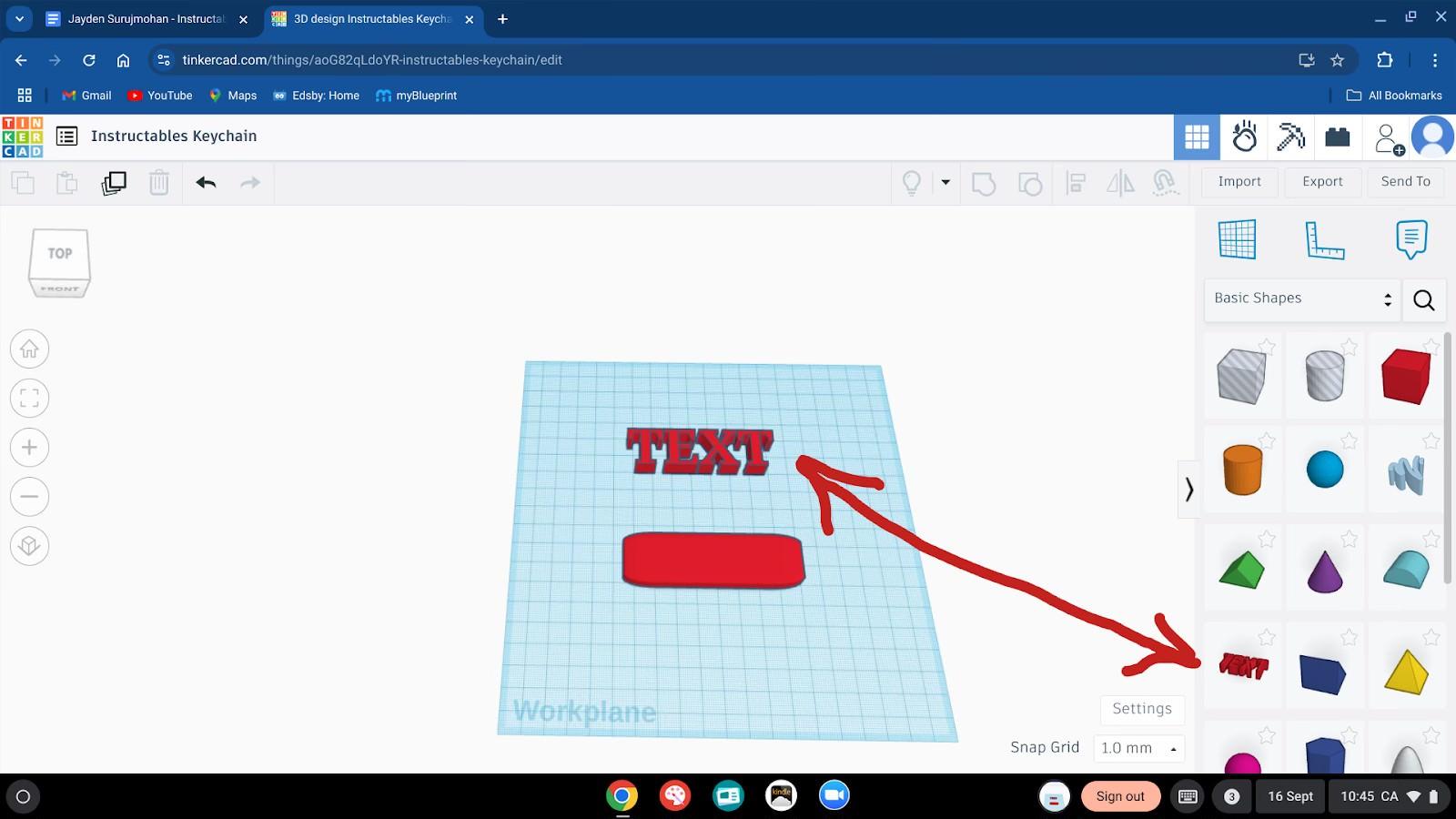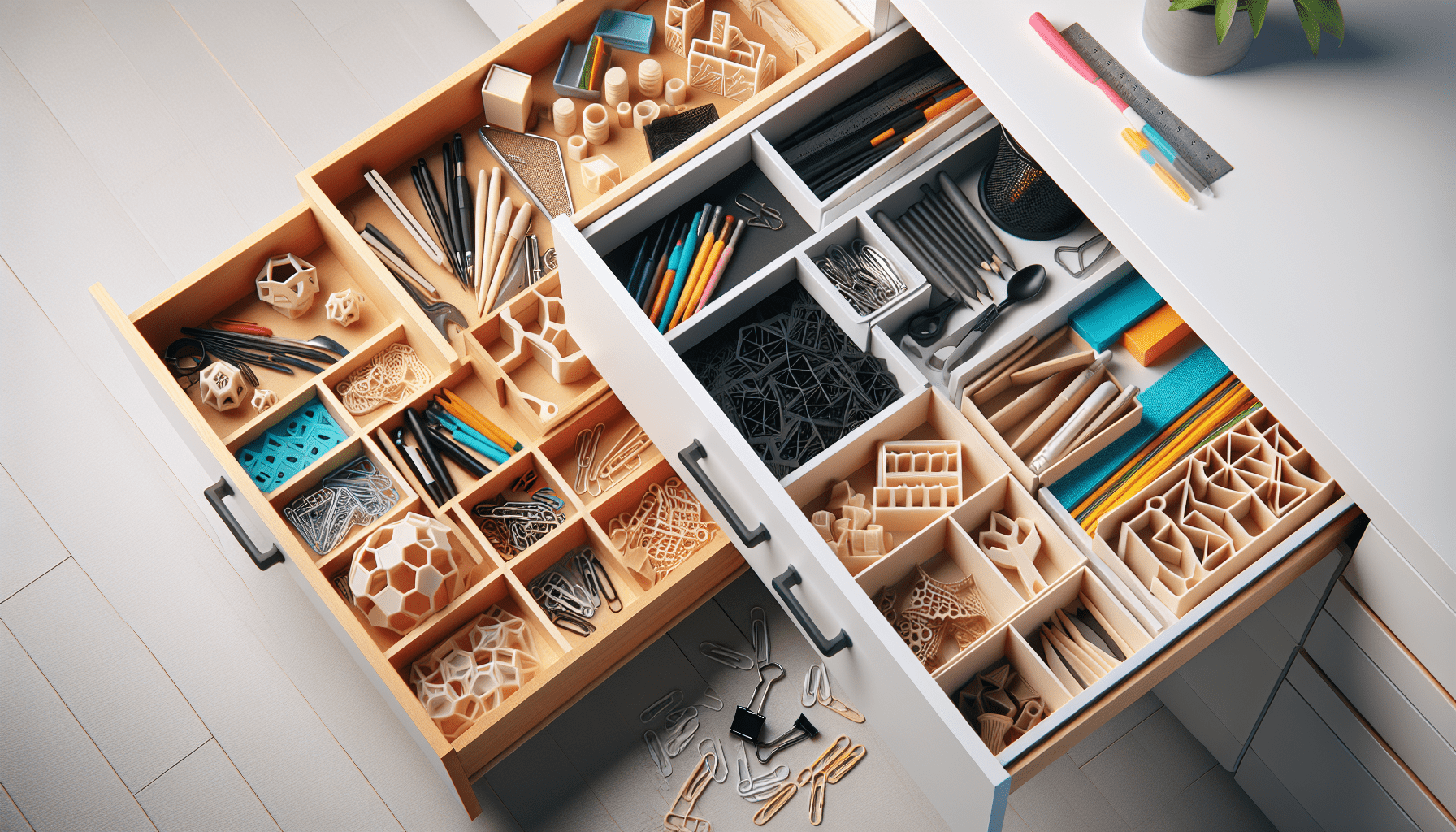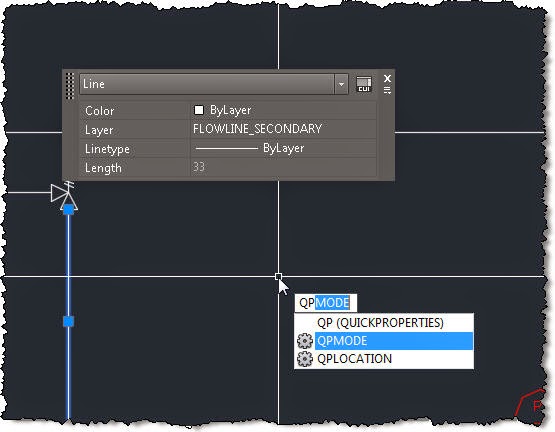ELEGOO Neptune 3 Pro FDM 3D Printer with Auto Bed Leveling, Dual-Gear Direct Extruder, Dual Lead Screw Drive, Removable Capacitive Screen, 8.85x8.85x11in Large Printing Size
$209.99 (as of June 18, 2025 23:32 GMT +00:00 - More infoProduct prices and availability are accurate as of the date/time indicated and are subject to change. Any price and availability information displayed on [relevant Amazon Site(s), as applicable] at the time of purchase will apply to the purchase of this product.)In “How to 3D Model Using Blender – Easy Beginner Guide + Tips and Tricks,” you will explore the intricacies of navigating Blender, a powerful and versatile 3D modeling software. This guide focuses on foundational techniques such as manipulating the viewport, identifying and modifying scene objects, and ensuring accurate measurements for 3D printing. Through practical steps, you’ll learn to manage object properties, adjust grid scales, and implement design functionalities by creating objects like brackets with precise dimensions and cut-out holes.
Additionally, you will delve into essential Blender modes and mesh editing tools, enhancing your ability to create detailed and complex models. Techniques such as using the Boolean modifier for cutting and joining objects, as well as employing add-ons for accurate measurements, will be covered to optimize your workflow. The guide also includes tips and tricks, like navigating settings and utilizing sculpting tools, ensuring you gain a comprehensive understanding tailored for beginners. By the end of this article, you’ll possess a solid foundation in 3D modeling with Blender, ready to materialize your creative visions.
Introduction to Blender
Blender is a powerful, open-source software tool designed for creating 3D models, visual effects, animations, and much more. Its capabilities stretch far and wide, making it a staple in the creative industry. This guide will walk you through the basics of Blender, helping you navigate its interface and understand its core functions.
Basics of Blender Interface
When you first open Blender, you’re greeted with a multifaceted interface designed for intricate 3D modeling tasks. The interface is divided into several key areas: the 3D viewport, the Outliner, the Properties panel, and the Timeline. The 3D Viewport is where you will do most of your modeling and scene construction. The Outliner provides an organized list of all objects in your scene, enabling easy selection and management. The Properties panel to the right allows you to modify object settings, materials, and scene properties, while the Timeline at the bottom is used for animation sequencing.
Setting Up Blender for the First Time
Setting up Blender for optimal use involves configuring several settings based on your specific needs. Upon first opening Blender, the default layout is set to cater to general 3D modeling needs. However, for specialized tasks like 3D printing, you will need to adjust the unit of measurement from meters (default) to millimeters. Navigate to the ‘Scene’ properties and set the unit system to metric, with the unit scale adjusted to 0.001 to reflect millimeters. Additionally, calibrate your grid settings to match these units for accurate modeling.
Differences Between Blender Versions
Blender has undergone significant changes over the years, with each version offering enhancements and new features. The transition from Blender 2.7 to 2.8, for instance, introduced a revamped user interface, improved viewport rendering, and the new EEVEE render engine for real-time rendering. Each subsequent update continues to improve performance, add new tools, and provide more intuitive workflow enhancements. Familiarizing yourself with the specific features of the version you are using is crucial, as it can affect various aspects of your modeling and rendering process.
Navigating the Viewport
The 3D viewport is the heart of the Blender workflow, allowing you to view and interact with your scene from multiple perspectives.
Using the Middle Mouse Button to Rotate View
One of the first skills to master in Blender is rotating the view within the 3D viewport. This is done using the middle mouse button. Simply pressing and holding the middle mouse button allows you to rotate the view, providing different perspectives on your scene.
Using a Three-Button Mouse for Better Navigation
While technically possible with a trackpad, navigating Blender’s 3D space is significantly more intuitive and efficient with a three-button mouse. Each button is assigned a specific function—left-click to select, right-click to open context menus, and the middle button to pan and rotate. This streamlined navigation is essential for precise modeling tasks.
Zooming In and Out
Zooming in and out in Blender is crucial for detailed modeling work. Use the scroll wheel on your mouse to zoom in and out quickly. For finer control, you can hold the Ctrl key and use the middle mouse button to zoom in more gradually.
Panning and Rotating the View
Panning the view is another essential navigation skill. Hold Shift and the middle mouse button to pan the viewport horizontally and vertically. These navigation techniques collectively provide a fluid and flexible workflow, allowing you to focus on modeling from the most advantageous angles.
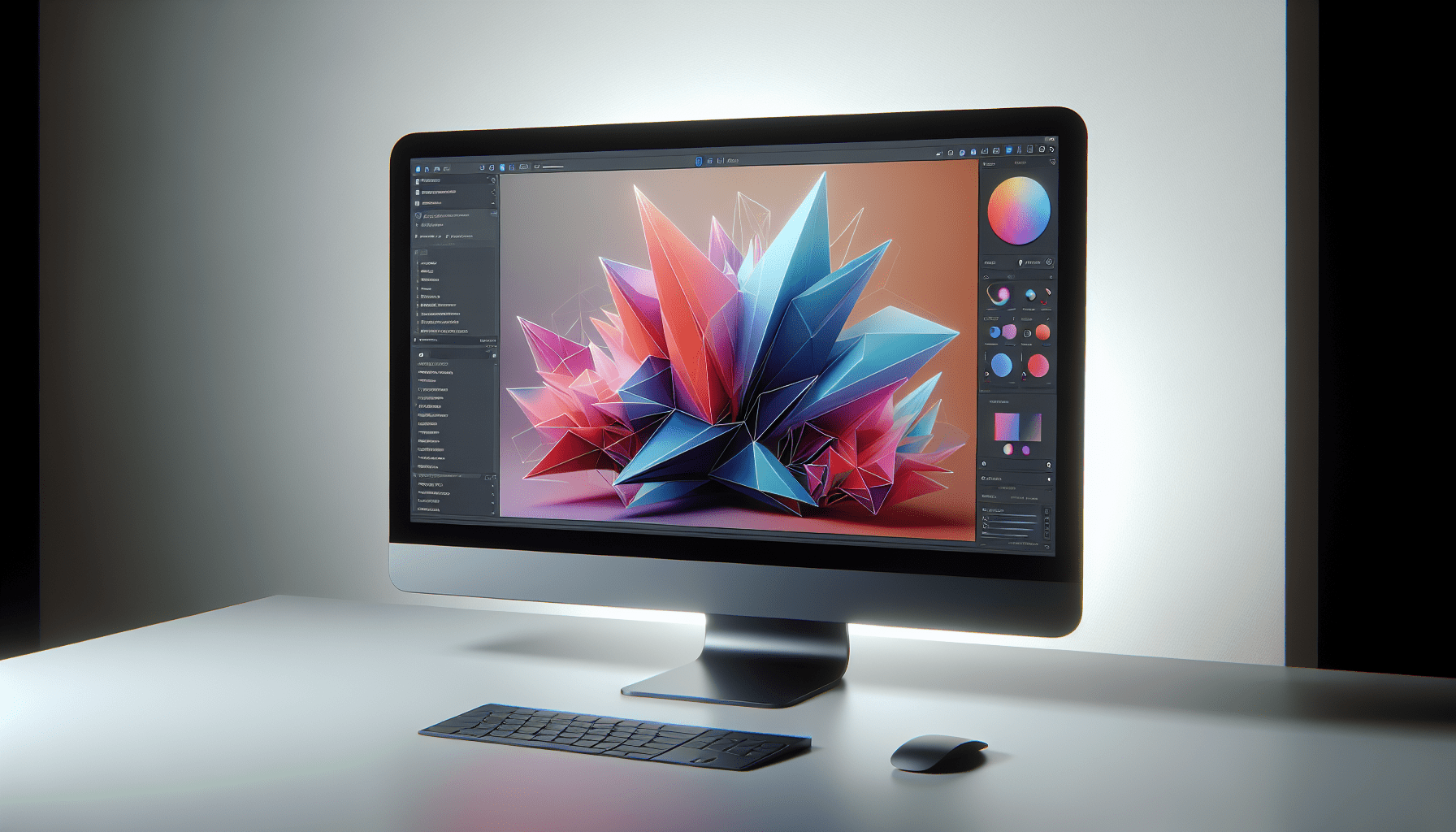
Find 3D Printing Accessories Here
Identifying Scene Objects
Blender scenes typically start with a few default objects to help you get oriented with the software.
Overview of Default Scene Objects: Camera, Cube, and Light
Upon opening Blender, you will see three default objects: a Camera, a Cube, and a Light. The Camera acts as the viewpoint for rendering the scene, the Cube serves as a basic object for practice, and the Light illuminates the scene for better visibility during rendering.
Selecting and Moving Objects Using the Move Tool
To interact with these objects, you need to select them first. You can select an object by right-clicking on it or by selecting it from the Outliner. Once selected, you can move the object using the Move tool located on the left sidebar. Click and drag the arrows that appear to move the object along the corresponding axis.
Understanding the Outliner Window
The Outliner is a hierarchical list of all objects in your scene, providing an organized view for quick selection and management. Items in the Outliner can be clicked to select them in the viewport, renamed, and organized into collections for better scene management.
Modifying Objects
Once comfortable with selecting and moving objects, you can start modifying them in more complex ways.
Rotating Objects
Rotation in Blender is controlled using the Rotate tool. Select the object you wish to rotate, and then click on the Rotate tool from the left toolbar. You can rotate the object along the X, Y, or Z axes by clicking and dragging the corresponding colored bands that appear around the object.
Scaling Objects
The Scale tool allows you to change the size of an object. Similar to rotation, select the object, then choose the Scale tool from the left toolbar. Drag the axes to scale the object proportionally or non-proportionally along a specific axis.
Removing Unnecessary Objects Like Camera and Light
In many modeling projects, you may not need the default Camera and Light. To remove them, select each object and press the Delete key on your keyboard. Confirm the deletion to keep your workspace clean and focused on the objects you are actively modeling.
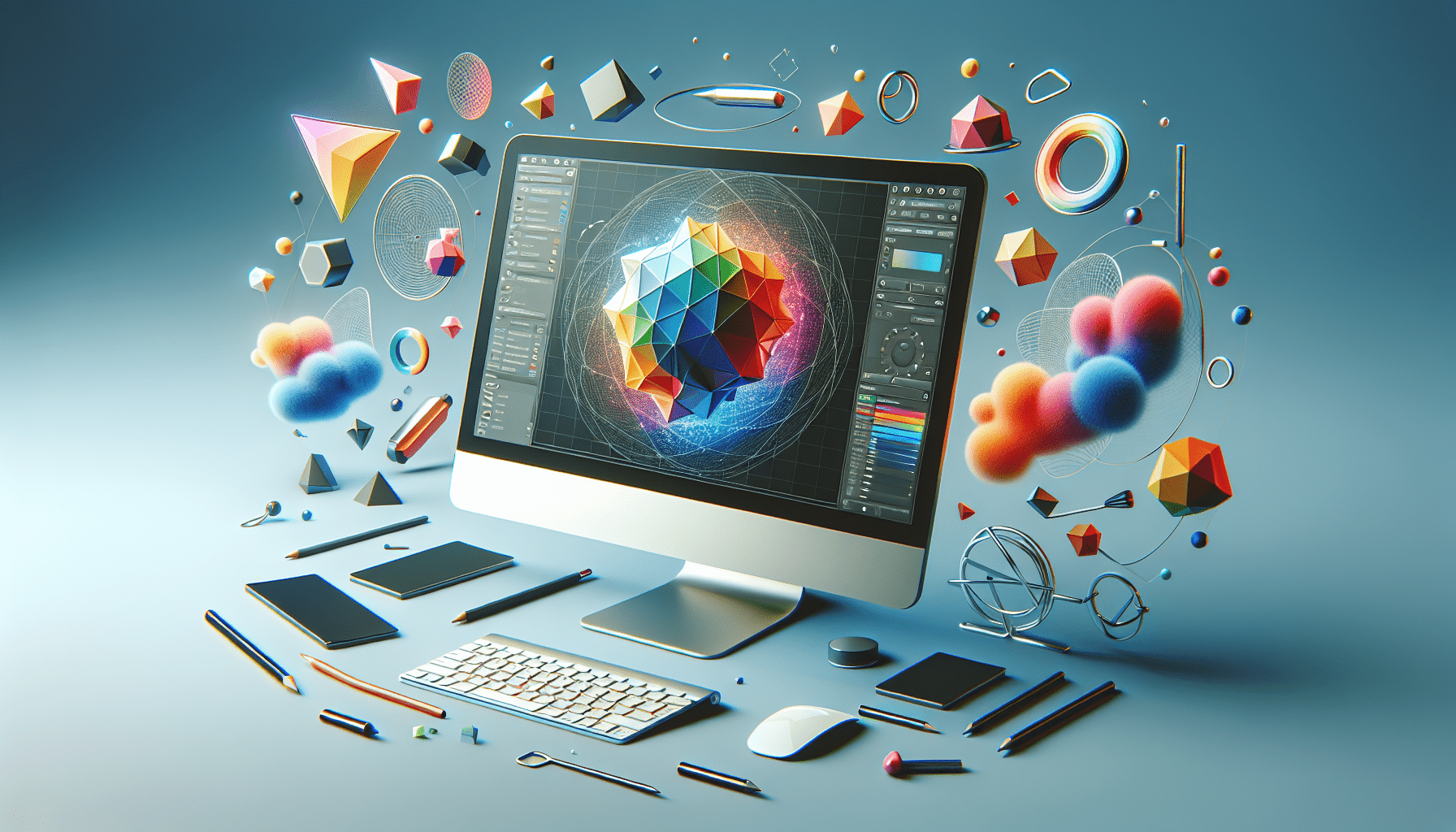
Setting Object Properties
Fine-tuning the properties of your objects is achieved through the Properties panel.
Accessing Object Properties with ‘N’
Pressing ‘N’ opens the Sidebar, where you can view and modify various properties of the selected object. This includes its location, rotation, and dimensions, among other settings.
Changing Location, Rotation, and Dimensions of Objects
Within the Sidebar, you can manually input values for the object’s location, rotation, and dimensions. This precise control is essential for tasks that require exact measurements, such as product design or architectural visualization.
Setting Unit Measurements to Millimeters for 3D Printing
To prepare a model for 3D printing, it is crucial to work in the correct units. Set the unit measurements to millimeters by navigating to the Scene properties and adjusting the Unit System to Metric, with the scale set to 0.001. This ensures that your model dimensions translate accurately during the printing process.
Adjusting Grid Scale
The grid in Blender helps you model accurately by providing a reference for alignment and measurement.
Ensuring Grid is Set to Proper Scale in Millimeters
To ensure the grid is set to the correct scale, adjust the Unit System and scale as previously mentioned. Then, navigate to the ‘Viewport Overlays’ and set the grid scale to 0.001 to match the millimeter setting.
Adjusting Grid Spacing Settings
Further customization of the grid spacing can be achieved through the ‘Viewport Overlays.’ Adjust the ‘Scale’ and ‘Subdivisions’ settings to control the density and visibility of the grid lines, enabling precise alignment and measurement for your modeling tasks.
Design Example
To solidify your understanding of Blender, let’s go through a practical example of designing a bracket.
Designing a Bracket with Specific Dimensions
Start by creating a new Cube object and set its dimensions to match the desired size of the bracket. For instance, a bracket that is 100mm wide, 12mm deep, and 3mm thick can be created by adjusting these values in the Sidebar.
Creating and Adding Holes Using Cylinders
To add holes to the bracket, create a Cylinder object. Set the diameter of the Cylinder to the bolt size plus some tolerance (e.g., 5.6mm for a 5mm bolt) and adjust its height to be larger than the thickness of the bracket to avoid any glitches.
Increasing Cylinder Resolution to 256 Vertices for High Quality
For a smooth and high-quality finish, increase the resolution of the Cylinder by setting the number of vertices to 256. This ensures that the edges of the holes are smooth and print-ready.
Cutting Holes in Objects
Cutting holes precisely in objects involves using the Boolean modifier.
Creating a Cylinder and Naming It (e.g., ‘Hole Cutter’)
Create a Cylinder as described and rename it to something identifiable, such as ‘hole cutter,’ to keep track of its function.
Adjusting Cylinder Dimensions to Fit Bolt Size
Set the dimensions of the Cylinder to match the desired hole size, ensuring it is slightly larger for easy bolt fitting.
Using Boolean Modifier to Cut Holes
Select the bracket, then add a Boolean modifier from the Modifier Properties panel. Set the operation to ‘Difference’ and select the ‘hole cutter’ Cylinder to cut the holes. Apply the modifier to finalize the operation.
Deleting Hole Cutters to Reveal Holes in the Bracket
After applying the Boolean modifier, the Cylinder objects used as hole cutters are no longer needed. Select and delete them to reveal the holes in the bracket, completing the cut-out process.
Duplicating Objects
Creating multiple identical holes involves duplicating objects and aligning them correctly.
Duplicating Cylinders for Multiple Holes
Select the ‘hole cutter’ Cylinder and duplicate it using Shift+D. Position the duplicates at the desired locations on the bracket.
Aligning Duplicated Holes Accurately on the Bracket
Use the Sidebar to input precise location values for each duplicate, ensuring they are evenly spaced and accurately aligned on the bracket.
Using the Array Modifier for Even Spacing
For even more efficiency, use the Array modifier. Select the original ‘hole cutter’, add an Array modifier, and set the count and offset values to replicate the holes evenly across the bracket.
Conclusion
Blender is a versatile and powerful tool for 3D design, capable of handling a wide range of modeling, animation, and rendering tasks. This guide has introduced you to the basics of Blender’s interface, navigation, and object manipulation, providing a foundation for further exploration.
Recap of Blender’s Vast Capabilities
Blender’s capabilities extend far beyond basic modeling, including advanced features for animation, visual effects, and even game development. Its open-source nature means it is continuously evolving, with an active community contributing new tools and enhancements.
Resources for Additional Learning
For those looking to dive deeper into Blender, numerous resources are available. Tutorial videos, online courses, and community forums provide ample opportunities for learning and mastering Blender’s extensive feature set.
Encouraging Questions and Community Interaction
Engage with the Blender community to ask questions, share your work, and learn from others. Participating in forums, attending webinars, and collaborating on projects can greatly enhance your skills and knowledge in using Blender effectively.
Maintain Your 3D Printer with these Tools






